Connectivity
technologies
An in-depth view into the
competition, applications
and influencers driving the
foundation of IoT
�
Contents
Connectivity’s foundational role in the IoT
Connectivity technologies –
compete, complement or combine?
Connectivity outlook for industrial
and consumer IoT applications
Connectivity landscape drivers
5 connectivity technologies to watch
2
6
12
16
20
11
Connectivity technologies�
Connectivity’s foundational
role in the IoT
How many IoT devices will be connected globally in 2018?
– Connectivity is the foundational component of the IoT. This critical first stage is about embedding
connectivity and processing capabilities into the devices all around us.
– Adding sensors and storage into these devices can yield a wealth of data to drive analytics, insights
and ultimately business transformation.
– Commercial and industrial electronics leads the way. Driven by building automation, industrial
automation and lighting, this market segment will account for over 50% of new installed connectable
devices between 2018 and 2030.
Commercial and
industrial electronics
5.4 billion devices
25.6% CAGR 2013-30
Medical
406 million devices
20.8% CAGR 2013-30
>31 billion
connectable IoT
devices in 2018
Consumer
6.3 billion devices
14.6% CAGR 2013-30
Communications
15.8 billion devices
6.9% CAGR 2013-30
Automotive and Transportation
928 million devices
21.5% CAGR 2013-30
Computers
2.2 billion devices
4.6% CAGR 2013-30
2
Connectivity technologies�
From mission critical
to massive IoT
The diversity of IoT use cases requires multiple technologies.
– IHS Markit tracks over 30 technologies enabling IoT connectivity.
– These technologies span wired and wireless, standards-based and proprietary,
public and private, limited range and wide area, low and high bandwidth and
unique and hybrid.
– This broad range of technologies reflects the diversity of IoT applications, from
mission critical IoT, such as public safety, to the long tail of massive IoT use cases
like asset tracking.
Key wireless technologies and their characteristics
5G
Open
standards
BLE
Open
standards
Cat-M1
Open
standards
LoRaWAN
Proprietary
LTE-A
Open
standards
NB-IoT
Open
standards
Wi-Fi
Sigfox
Proprietary Open
standards
Zigbee
Open
standards
Open
standards
or
proprietary
Public or
private
Public/
private
Private
Public
Public/
private
Public/
private
Public
Public
Public/
private
Private
Range
Wide
Short
Wide
Wide
Wide
Wide
Wide
Local
Short
Low or high
bandwidth
High/low
Low
Low
Low
High
Low
Low
High
Low
Licensed or
unlicensed
spectrum
Licensed/
Unlicensed
Unlicensed Licensed
Unlicensed
Licensed/
Unlicensed
Licensed
Unlicensed
Unlicensed Unlicensed
Current
Global
Status
Not
launched
Widely
available
Limited
availability
Limited
availability
Widely
available
Limited
availability
Limited
availability
Widely
available
Widely
available
3
3
Connectivity technologies�
The massive IoT opportunity is
driving wireless innovation and
spurring competition
This means increasing competition for massive IoT applications.
– Reliable connectivity and robust security are common requirements for mission
critical and massive IoT use cases.
– While mission critical applications typically need high bandwidth, the core
requirements for massive IoT include low cost of deployment, long battery life,
mobility, geolocation and deep coverage.
– Such massive IoT requirements are driving the development of both established
technologies such as Bluetooth, Wi-Fi and LTE and challengers like LoRaWAN, Sigfox
and Thread.
– The end result: increased competition among wireless protocols for massive IoT
applications and greater complexity for enterprises planning IoT projects.
Innovation continues across IoT wireless connectivity landscape
1990
2010
2000
2005
2015
2020
MASS MARKET CELLULAR
2G
GSM
M2M / IOT
CELLULAR
2G
HIGH
PERFORMANCE
WIRELESS
802.11b
.11a
.11G
3G
UMTS
W-CDMA
4G
LTE
LTE-A
LTE-A
Pro
5G
802.11p
3G
CAT
M-1
ENHANCED
BROADBAND
.11n
.11ac
.11ac
WAVE 2
.11aD
WiGig
.11ax
LOW
POWER
WIRELESS
BLUETOOTH
1.0
LPWA
MESH
1.2
2.0
2.1
3.0
4.0 BLE
4.1
4.2
5.0
ZigBee-2006
ZigBee-2004
ZigBee PRO
LoRaWAN
Sigfox
NB-loT
802.11ah
HaLow
5G
MASSIVE IOT
ZigBee 3.0
Thread
Bluetooth
Mesh
4
4
Connectivity technologies�
Wired technologies play a critical
role in IoT connectivity
Long battery life, deep coverage and mobility requirements will
drive low power and cellular technologies.
– Wired technologies accounted for 40% of connectivity IC shipments in 2017,
reflecting the Ethernet’s strong position in traditional large-scale application areas
such industrial automation, lighting and power, and energy.
– WLAN and Bluetooth and Zigbee are entrenched in the Home Automation and
Home CE segments.
– Massive IoT use cases are now driving demand for Cellular as well as Low
Power Wireless.
Connectivity IC Shipments by Technology Group, 2018
13%
16%
46%
26%
Wired
WLAN and Bluetooth, Classic and Dual Mode
Cellular
Low Power Wireless
5
Connectivity technologies�
Connectivity technologies –
compete, complement or combine?
Compete
Compete: Through the NB-IoT and LTE-M enhancements, cellular will continue to
evolve and compete directly with LPWA challengers LoRa and Sigfox in application
areas like asset management/tracking and power and energy.
Complement
Complement: No single technology can address an enterprise’s full IoT
requirements. Consider tracking moving assets in the supply chain: a cargo container
tracking solution may involve satellite connectivity at sea, cellular at dockside, RFID
while passing through checkpoints and Wi-Fi when in a distribution center.
Combine
Combine: Bluetooth, DECT ULE, Wi-Fi, Zigbee and Z-wave and among the many
wireless protocols used in smart home devices. The resulting fragmentation has
meant complexity for end-users. To simplify the landscape, interoperable ecosystems
are now being created around voice control, while module makers are integrating
both NB-IoT and LTE-M connectivity to provide greater flexibility for enterprises.
6
Connectivity technologies�
Competing technologies – a look
at the current landscape
Over the next few years, competition between technologies will intensify.
– Bluetooth Mesh is seeking to disrupt Zigbee’s strong position in lighting.
– For its part, Zigbee will continue to address a broad range of consumer and
industrial applications, while Z-wave will retain a strong position in security and
home automation.
– Competition between NB-IoT and LoRa for the public network opportunity will grow
as both technologies see wider global deployment.
– As carmakers prepare for an autonomous future, the ecosystem around C-V2X has
quickly eclipsed that of DSRC.
Bluetooth
mesh
vs
Zigbee
NB-IoT
vs
LoRa
Zigbee
vs
Z-wave
C-V2X
vs
DSRC
7
Connectivity technologies�
















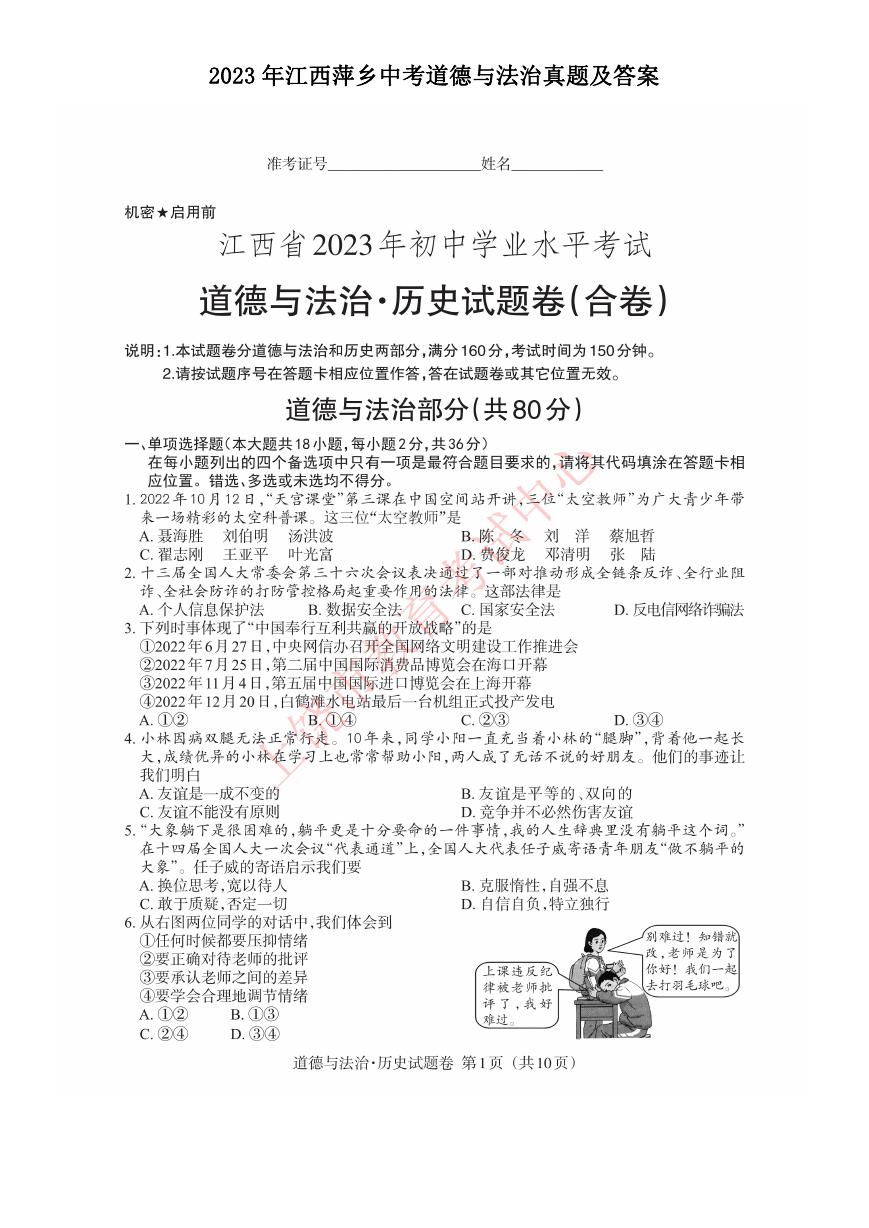 2023年江西萍乡中考道德与法治真题及答案.doc
2023年江西萍乡中考道德与法治真题及答案.doc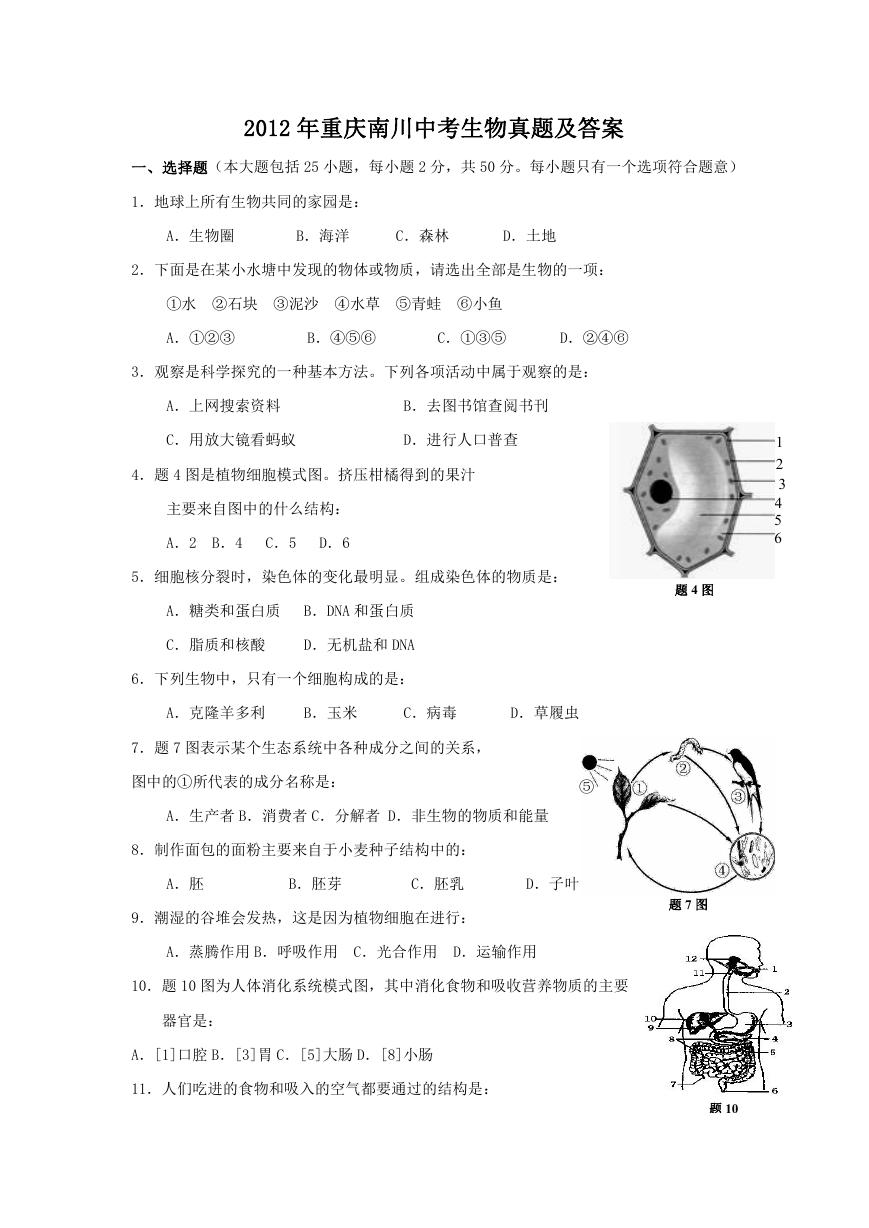 2012年重庆南川中考生物真题及答案.doc
2012年重庆南川中考生物真题及答案.doc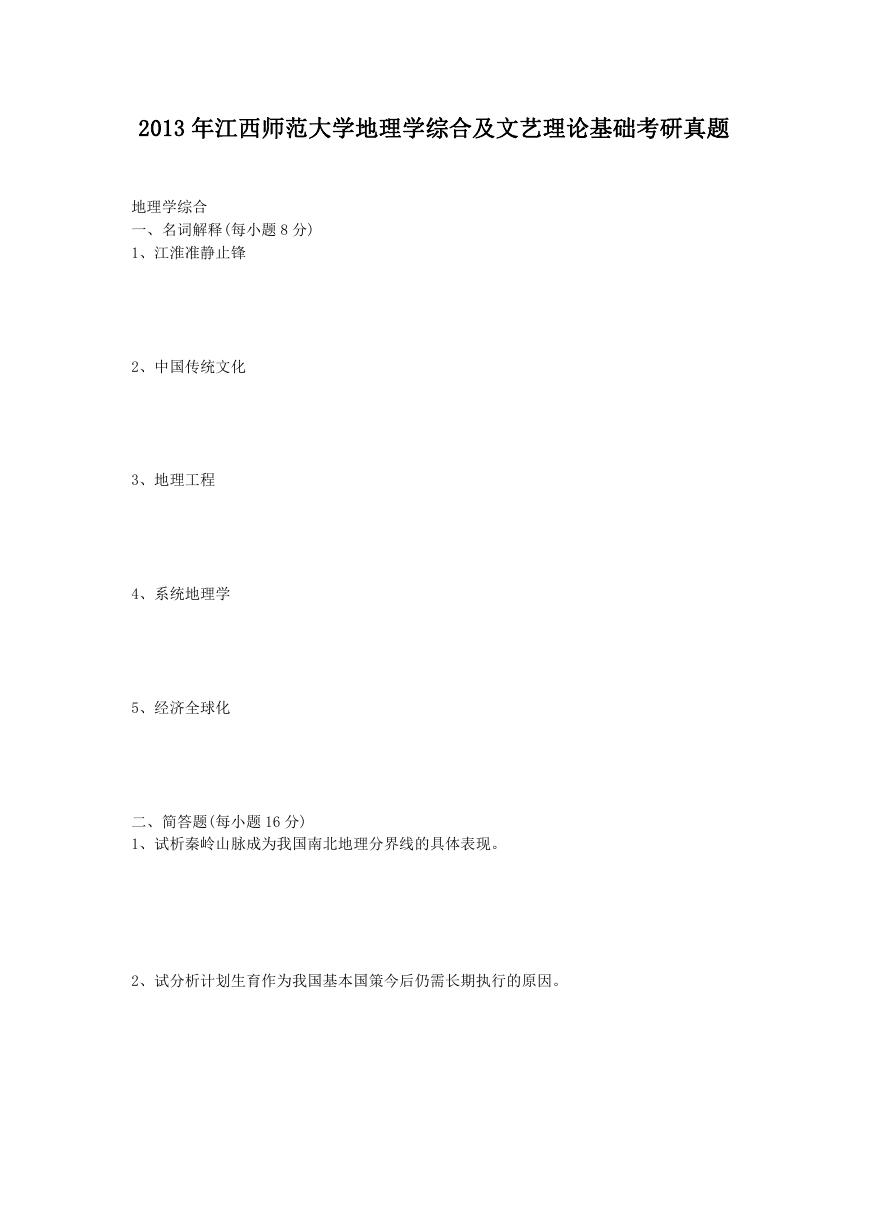 2013年江西师范大学地理学综合及文艺理论基础考研真题.doc
2013年江西师范大学地理学综合及文艺理论基础考研真题.doc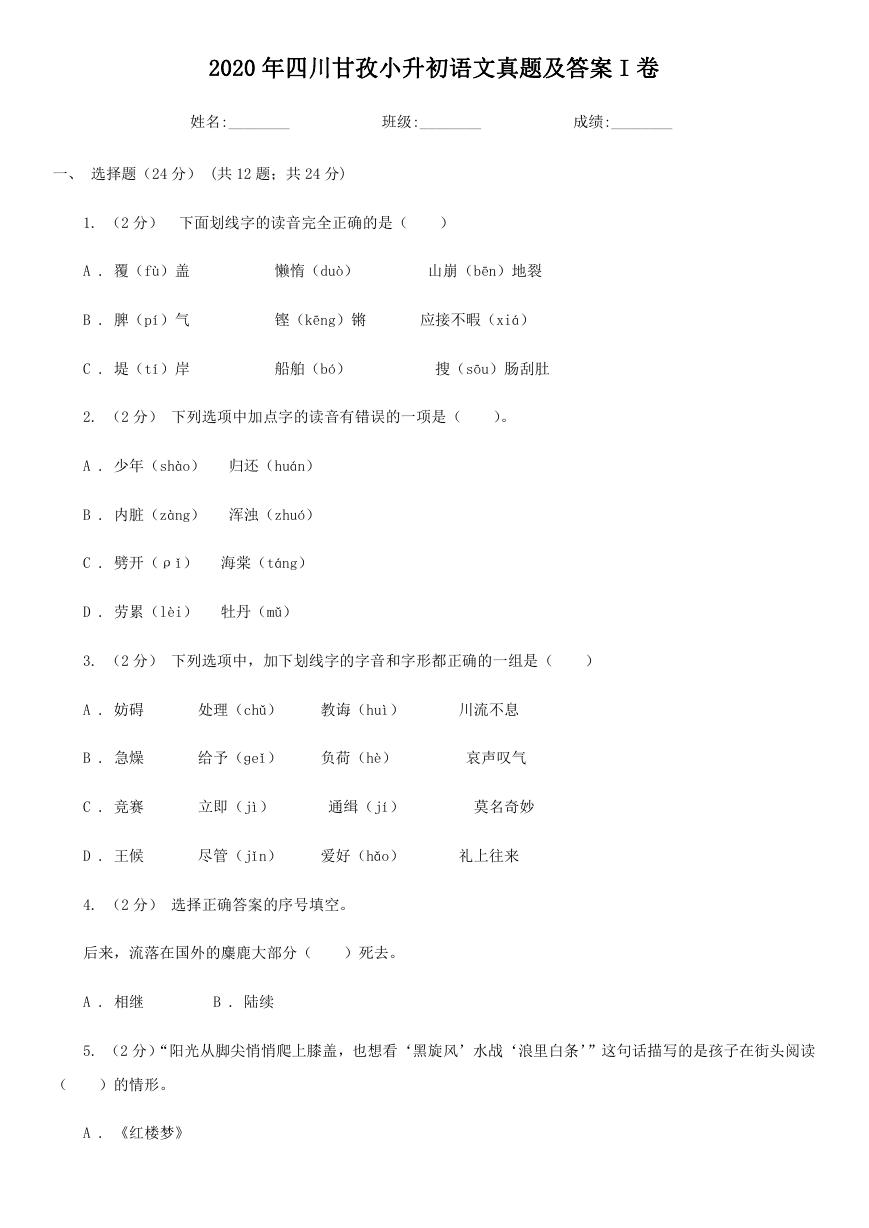 2020年四川甘孜小升初语文真题及答案I卷.doc
2020年四川甘孜小升初语文真题及答案I卷.doc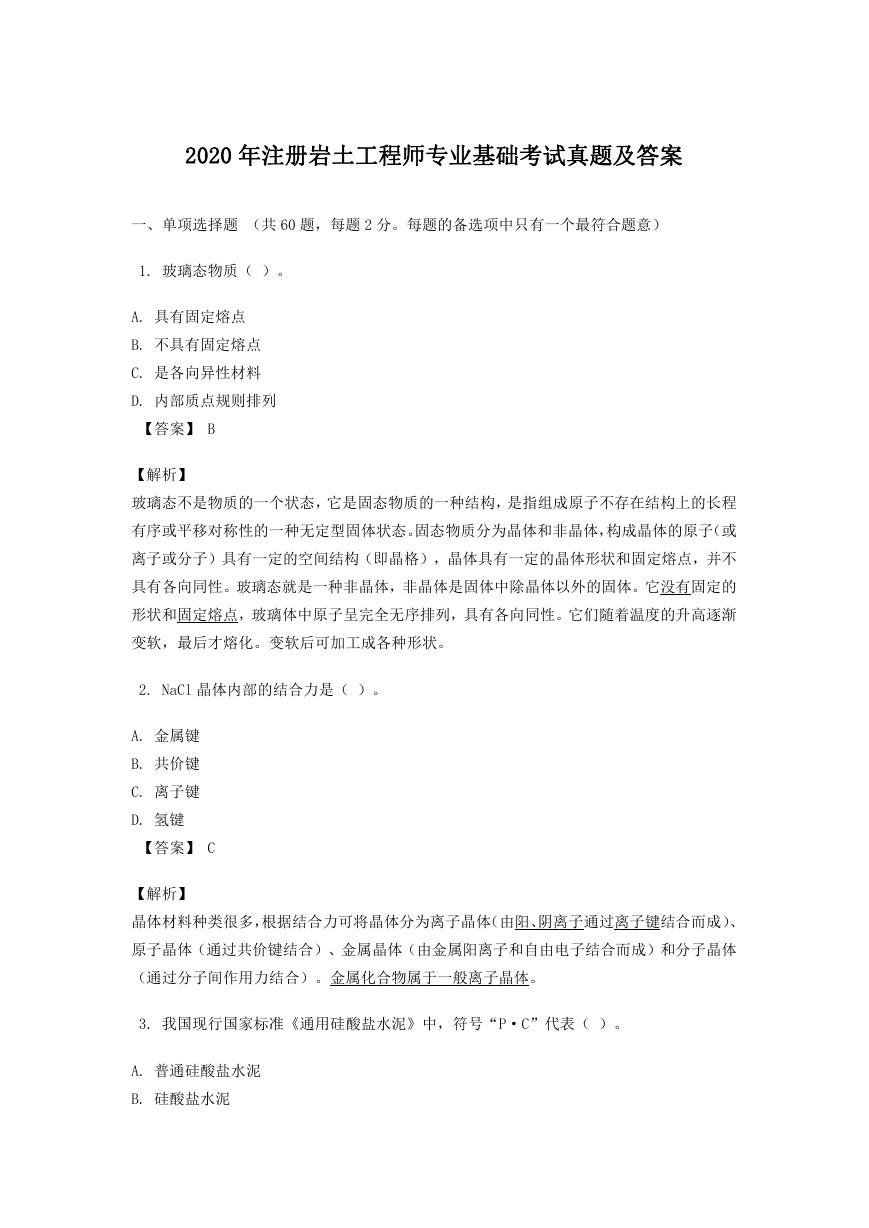 2020年注册岩土工程师专业基础考试真题及答案.doc
2020年注册岩土工程师专业基础考试真题及答案.doc 2023-2024学年福建省厦门市九年级上学期数学月考试题及答案.doc
2023-2024学年福建省厦门市九年级上学期数学月考试题及答案.doc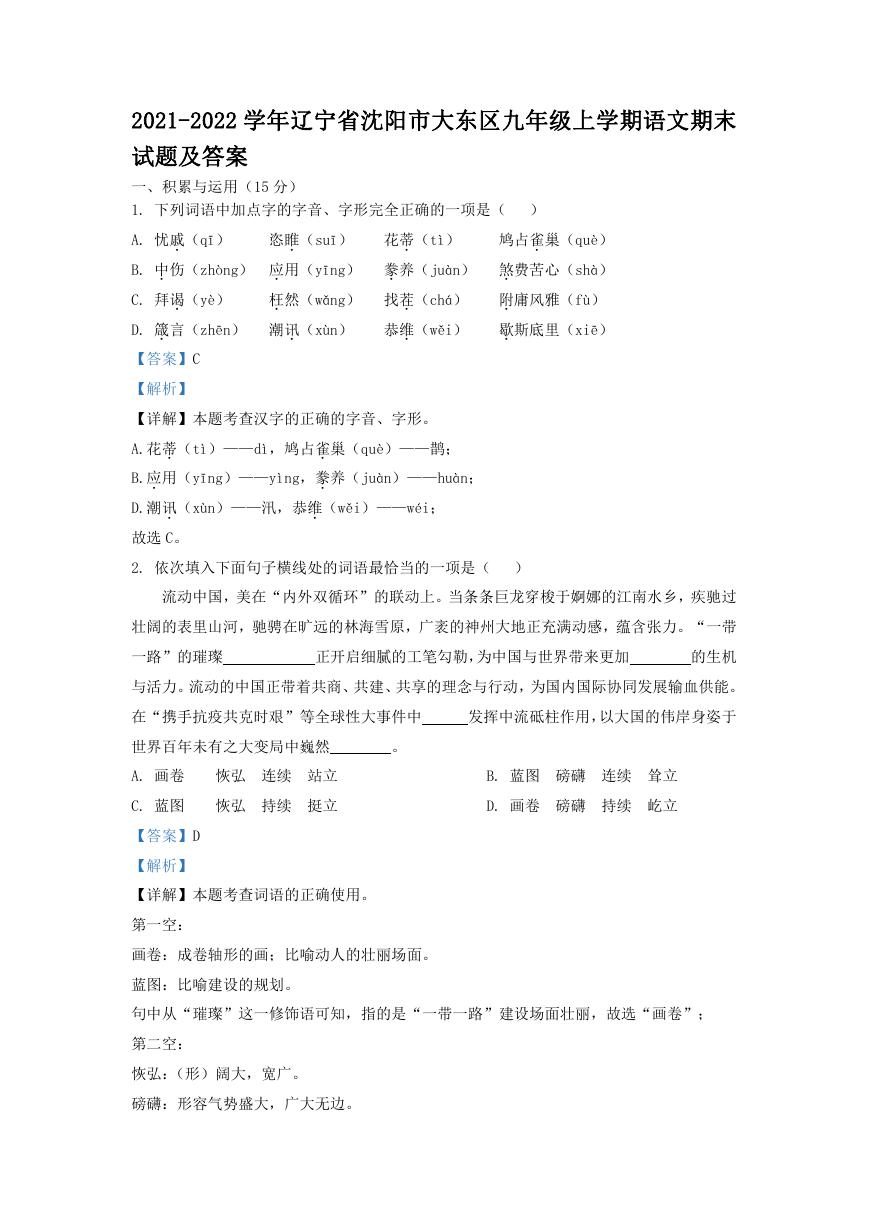 2021-2022学年辽宁省沈阳市大东区九年级上学期语文期末试题及答案.doc
2021-2022学年辽宁省沈阳市大东区九年级上学期语文期末试题及答案.doc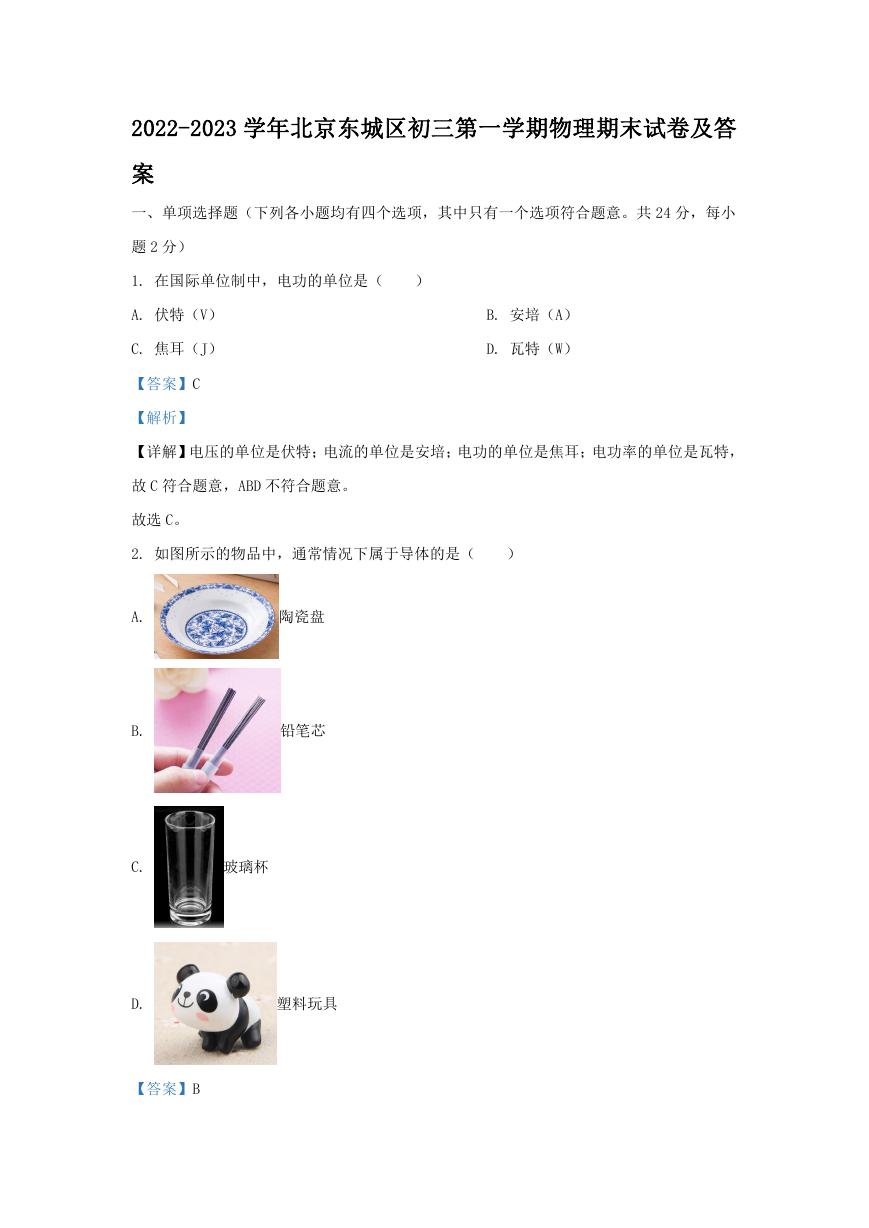 2022-2023学年北京东城区初三第一学期物理期末试卷及答案.doc
2022-2023学年北京东城区初三第一学期物理期末试卷及答案.doc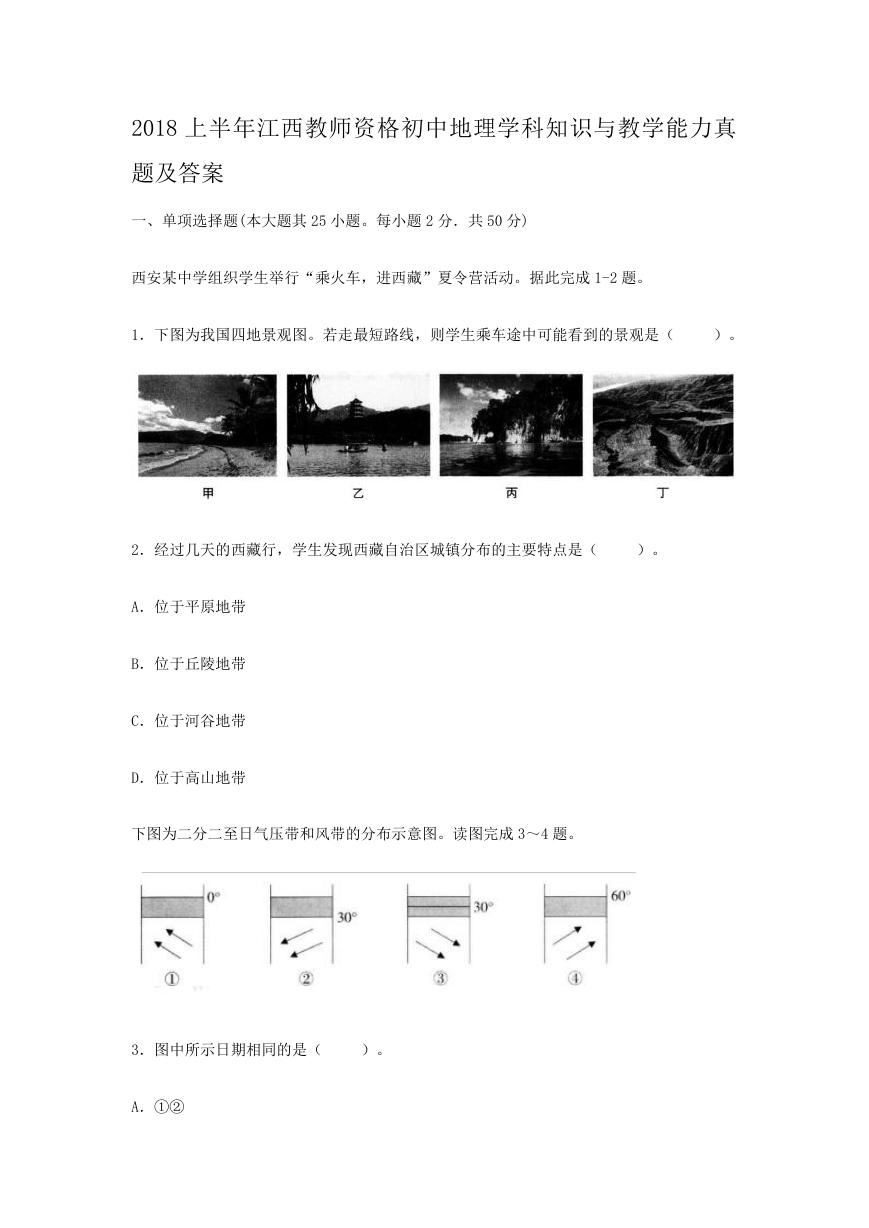 2018上半年江西教师资格初中地理学科知识与教学能力真题及答案.doc
2018上半年江西教师资格初中地理学科知识与教学能力真题及答案.doc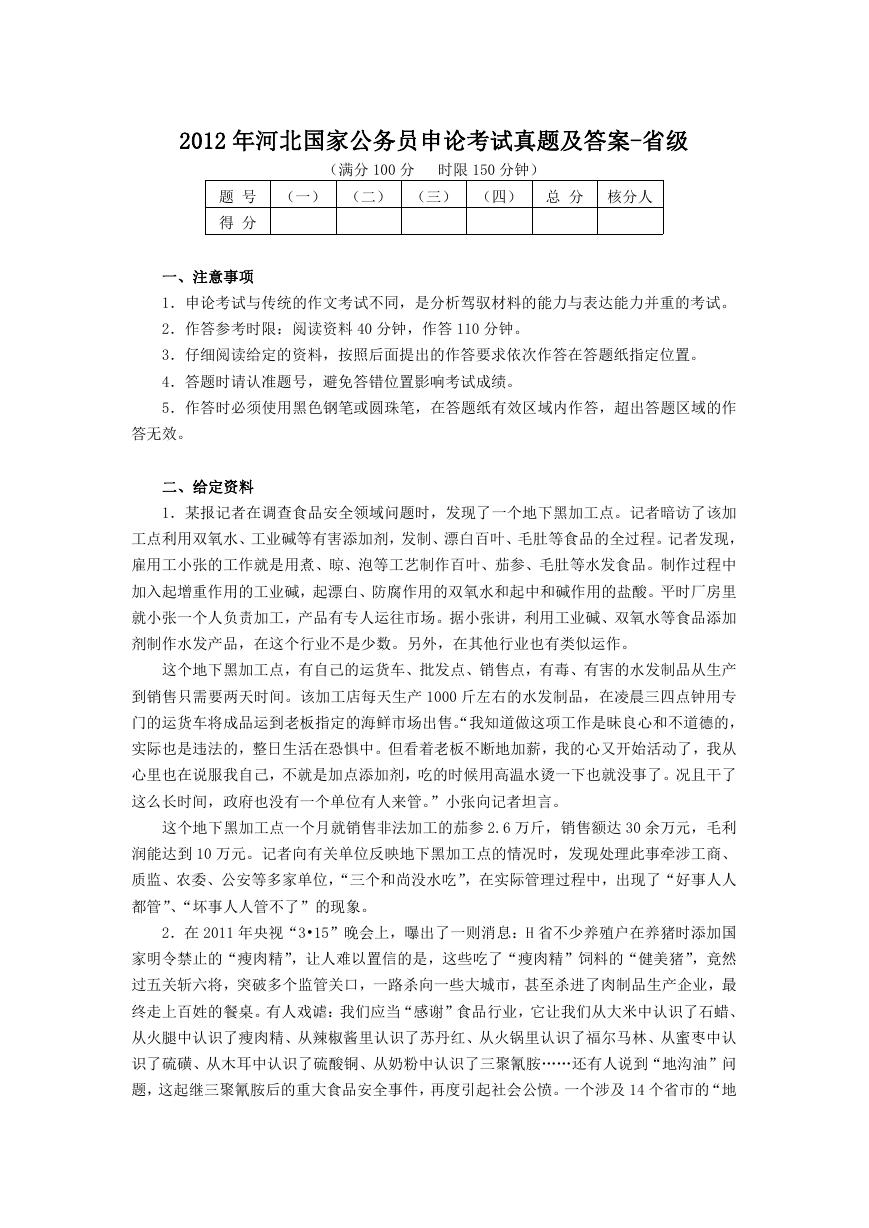 2012年河北国家公务员申论考试真题及答案-省级.doc
2012年河北国家公务员申论考试真题及答案-省级.doc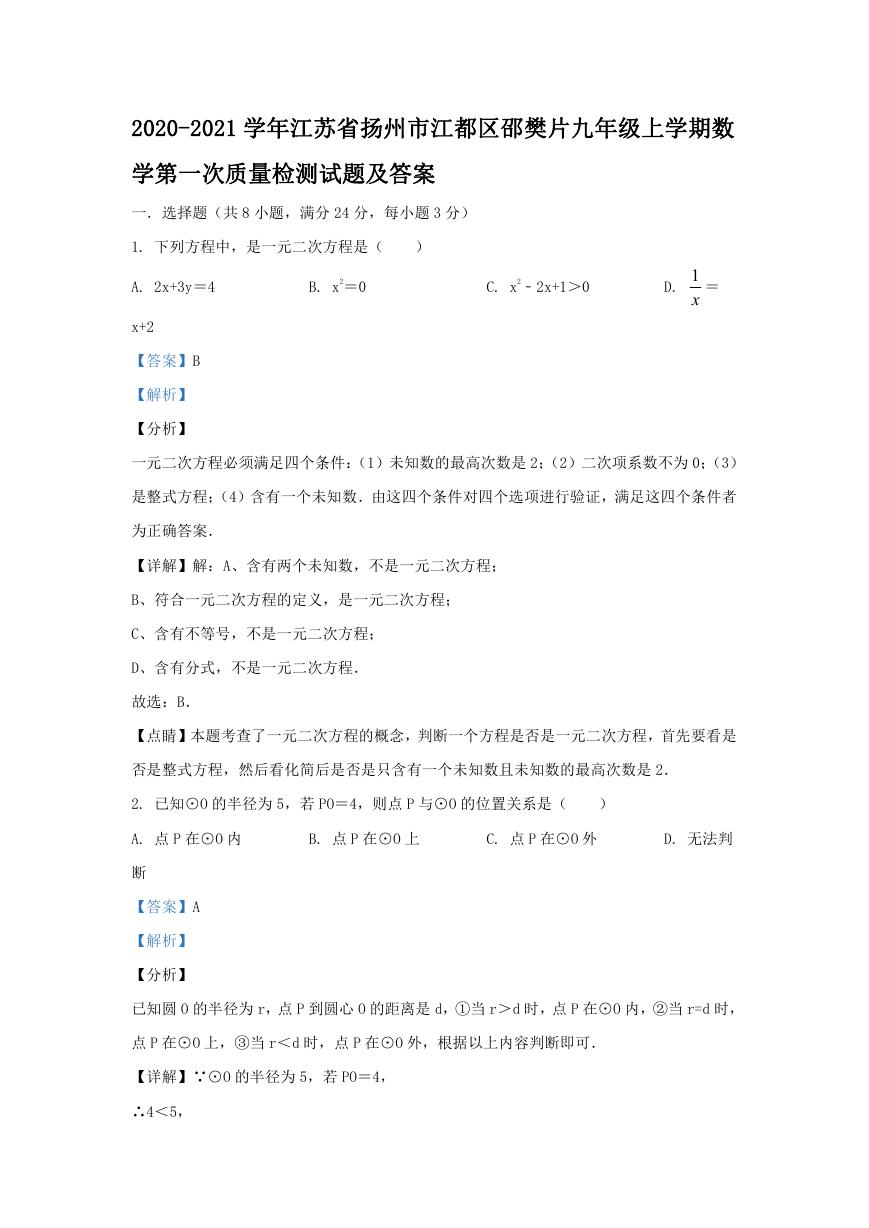 2020-2021学年江苏省扬州市江都区邵樊片九年级上学期数学第一次质量检测试题及答案.doc
2020-2021学年江苏省扬州市江都区邵樊片九年级上学期数学第一次质量检测试题及答案.doc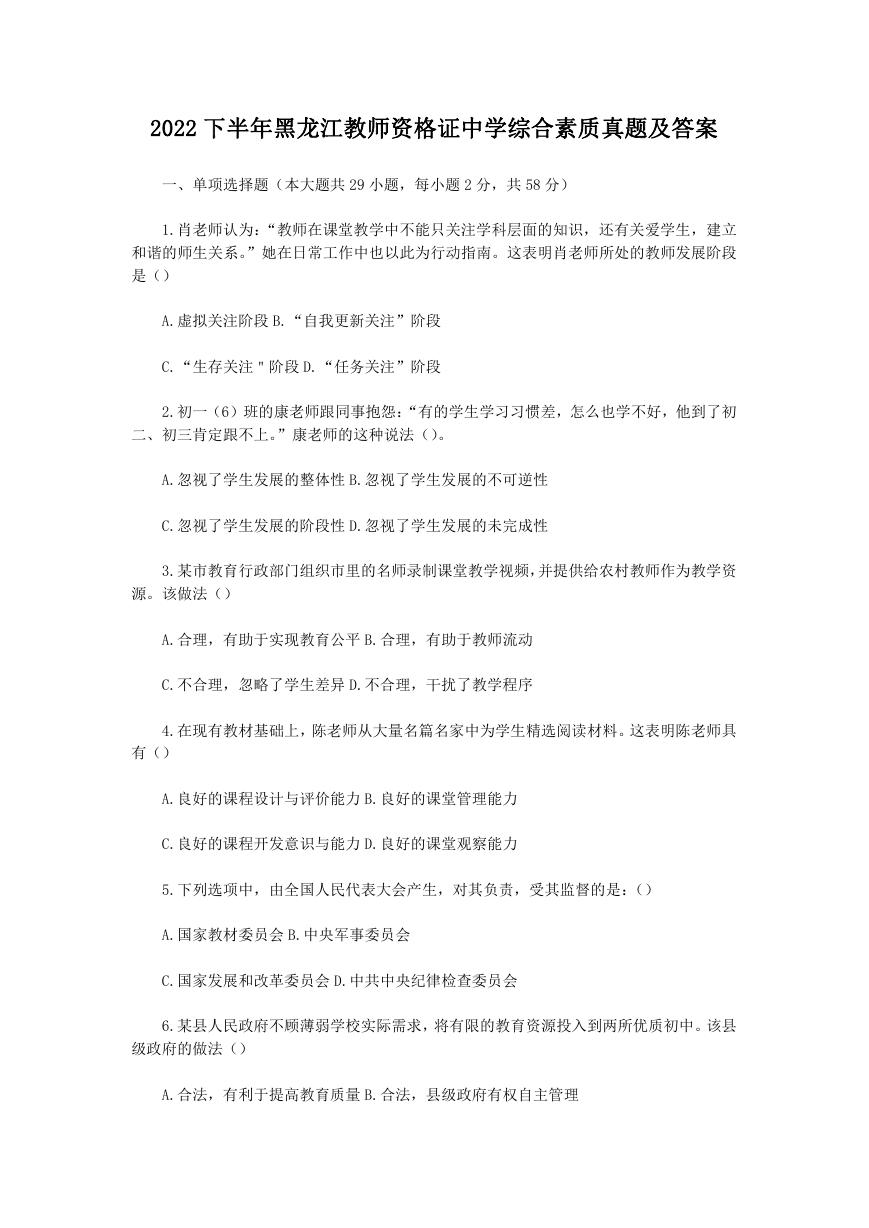 2022下半年黑龙江教师资格证中学综合素质真题及答案.doc
2022下半年黑龙江教师资格证中学综合素质真题及答案.doc